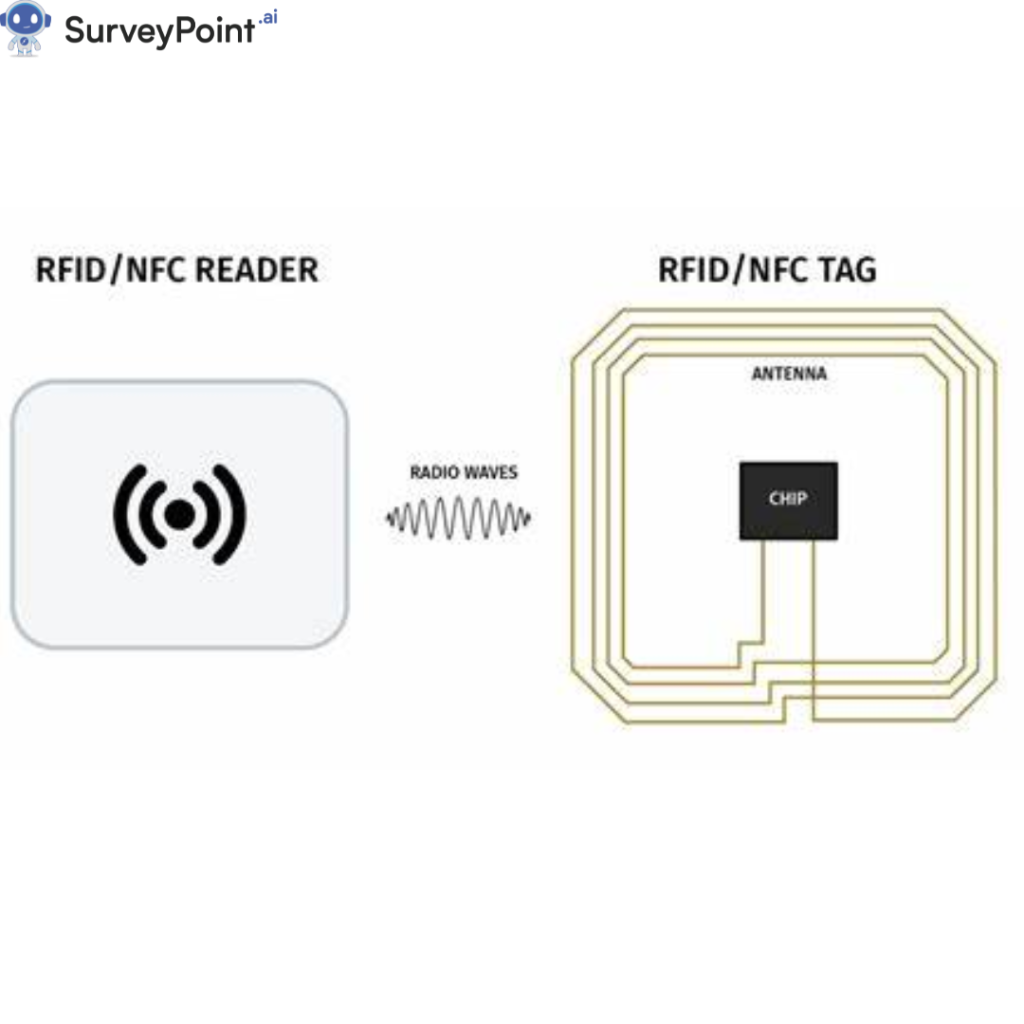Each lesson needs to be carefully planned to be taught well. With a well-structured lesson plan, teachers can organize their teaching tools, methods, and evaluations to help students reach their learning goals.
Changing a lesson plan is an ordinary and necessary task for teachers. Flexible lesson plans should be able to change based on what the students need, how the classroom is going, and what happens outside of the school.

Some Tips to Adjust with Unexpected Lesson Plan Deviations
Here are some things to do and think about when making changes to a lesson plan:
- Analyze the situation:
- First, think about how well your class has been going so far. Are the students paying attention and getting what is being said, or do they seem confused or bored?
- Think about any delays or things that happened during the lesson that you didn’t expect.
- Set up Goals:
Review the learning goals for the lesson. Based on what has been done, are they still valuable and possible?
- Time Management :
Check to see if you are staying on track with your plan. Are you on time, late, or going faster than planned?
- Get students involved:
Ask the students what they think. Please encourage them to talk about how clear the lesson is, how it can be used, and any problems they have.
- Find the trouble spots:
Find out exactly what needs to be changed in the lesson. Is it the activities, the pace, the topic, or something else?
- Think about the needs of each student:
Think about the different ways and levels of skill that your students have. Does anyone in the class need more help or information?
Change the material and activities:
Change the tasks or the information as needed. You can help people remember essential ideas better by giving them more examples, shortening explanations, or new jobs.
Try out some new ways to teach or tools to better meet the needs of your kids.
Getting people interested and motivated
If students aren’t interested or participating, add more interactive parts to the course, like group discussions, hands-on exercises, or multimedia tools.
- Allocation of time
Change the amount of time given to each part of the lesson. You should spend more time on complex topics or move quickly through things the kids already know.
- Use informal assessment:
Use formative feedback to check how well students understand as the class progresses. The results should guide the changes you make.
Conclusion
Keep in mind that teaching is full of unexpected changes that can have a significant effect on how well your students learn. You can get through unforeseen interruptions and still meet your teaching goals if you stay flexible, calm, and focused on the well-being of your kids.




